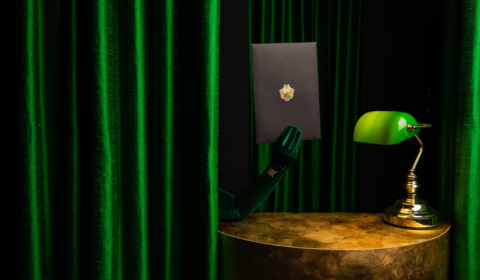NASA is formalising and accelerating efforts to better understand Unidentified Anomalous Phenomena (UAP) after a public hearing. With a new Research Director hired, will this be a boon for those chasing infallible evidence of otherworldly visitors?
While once terms like UAP and UFO were uttered mostly by foil-hat wearing conspiracists in the Deep South or Nevada, we’re increasingly hearing them discussed in an official capacity.
The floodgates for acceptable ‘alien talk’ were seemingly opened last month, when former US intelligence officer David Grusch allegedly blew the whistle on classified UFO salvage operations during a congressional hearing on UAP in Washington.
While some scepticism was forthcoming for Grusch’s revelations, the sheer scope of eyewitness testimony and evidence provided demanded proceedings be taken seriously. At the start of this week, however, many in the field believe we took a gargantuan step back in the aim of credentialing UAP investigations.
As you’ve probably already seen on X (Twitter), images of two small, allegedly non-human beings are making the rounds and causing quite a stir.
The dubious exhibits – which look unerringly like mardi gra creations featuring elongated heads and three finger hands – were presented to officials by long-time UFO enthusiast Jaime Mussan.
Mussan claimed both otherworldly bodies were found in Peru in 2017 and are not related to any known life on Earth. On the contrary, Peruvian officials are miffed about how the removal of what they call ‘pre-Hispanic bone remains’ went undetected and quickly lodged a complaint to the Ministry of Culture.
Immediately after proceedings wrapped in Mexico, the inevitable backlash ensued. ‘Yesterday’s demonstration was a huge step backwards for this issue,’ said former US Navy pilot Navy Graves, who has provided testimony on several occasions of UAP encounters.
‘I am deeply disappointed by this unsubstantiated stunt.’
This indignation was, for the most part, shared by the scientific community and by NASA, which held its own hearing on UAP yesterday morning.




















